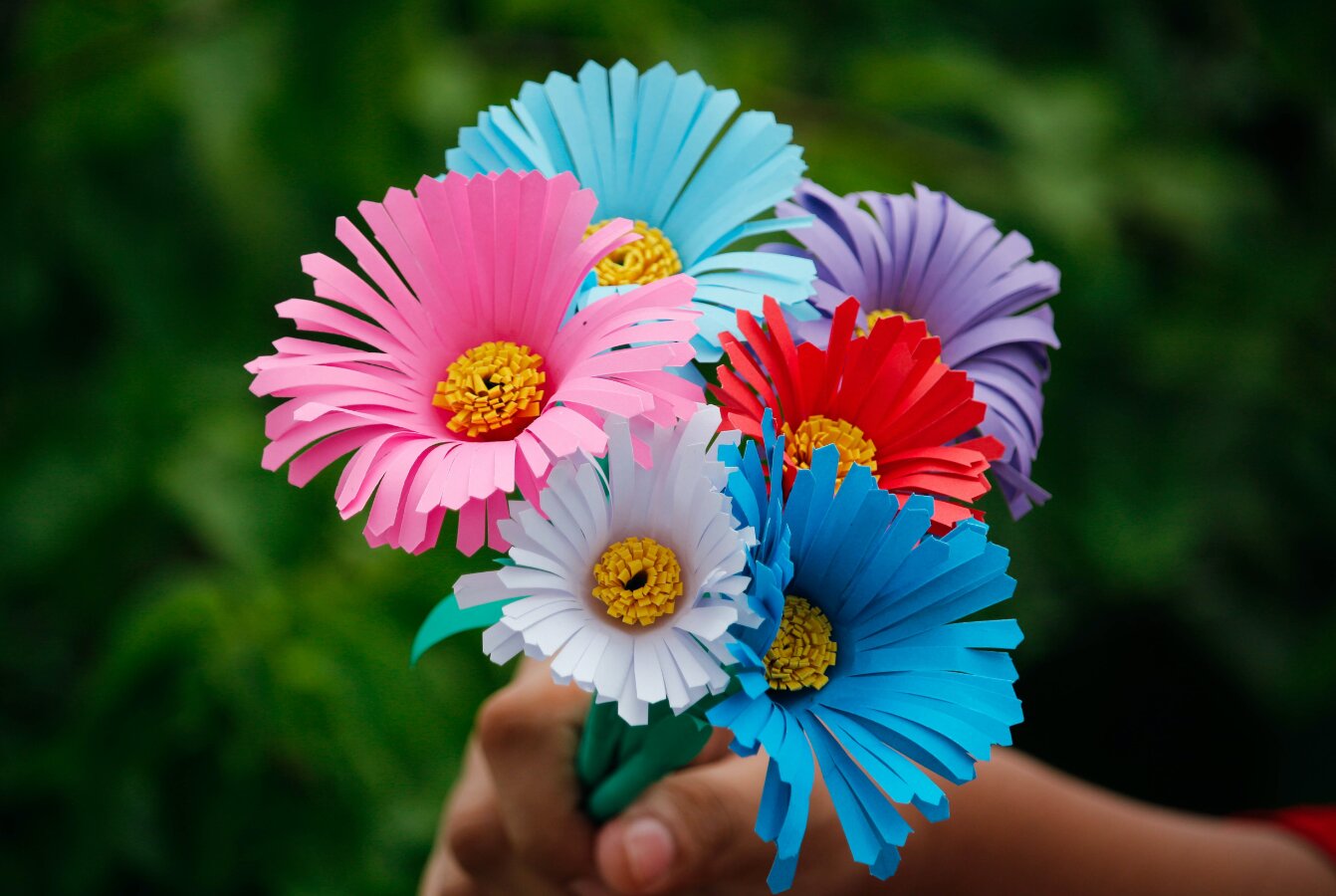Sculpting and metalworking, as well as knitting and printing, are both examples of crafts. Textile, decorative, paper, practical, and fashion crafts are the five primary types. They are crafts based on their form and function.
Textile crafts
Any sort of craft that involves fabrics, yarn, or design on a surface falls under this category. Knitting, quilting, embroidery, weaving, and dying are examples as Because the end products are frequently sold as sweaters or wall hangings. Many of these might clearly be classified as decorative or fashion crafts. They are, nevertheless, technically textile crafts because they all begin with fabric.
The Japanese art of boro, a type of ornamental repair that involves combining materials from several sources, is another example of textile crafts. Sashiko is a type of decorative stitching popular in Japan.
Paper crafts
Paper crafts, as expected by the name, involve some kind of creative design on paper. A lot of children’s first exposure to paper crafts is in nursery or preschool. For example when they hand print designs on paper with potatoes halves. Wood and linoleum engraving is the developed equivalent of this. Papier-mache, calligraphy, and papermaking are examples of other paper crafts.
Decorative crafts
Types of decorative crafts include furniture construction, metalworking, stenciling, stained glass, gilding, spongeware, and basket weaving. Toy manufacturing and other arts where the final product is a piece of decor also fall into this category. Decorative art, unlike fine art, usually has a practical element to it. For example, a piece of furniture may be considered as attractive in its own right however its main purpose is obvioulsy to provide a place to sit.
A current trend is to combine furniture-making with metalwork. Furniture made of wood with metalwork legs is frequently featured in arts and crafts and home décor magazines. The metalwork is primarily industrial in appearance, but it also consists of a significant level of beautiful workmanship.
Fashion crafts
This discipline includes all aspects of dressing the human body, including jewelry, headwear, leatherwork (shoes, belts, and handbags), and clothing. Jewelry can be manufactured with metalworking and clothing can be made with sewing. Both of these are textile crafts but can easily interact with other craft categories.
Soft fabrics like cotton, linen, and wool, as well as harder materials like nylon, canvas, and leather, are used in fashion crafts. Sewing is only one aspect of the garment-making process. Clothing design and construction is a multi-step practice that necessitates precision technique and meticulous attention to detail.
Functional crafts
Many of the other sorts of crafts can be defined as functional as well. Decorative pottery, such as serving platters and utensils for example. These are frequently constructed with materials that are safe to eat from. Many furniture crafts are utilitarian first and foremost, but they can still also be very attractive.
Obviously, having usefulness built into your art or craft is beneficial to attracting the largest potential customer base. Some customers may not usually pay top dollar for an original item solely for its appearance. However they might rationalize the cost if the product can be used in everyday life.

